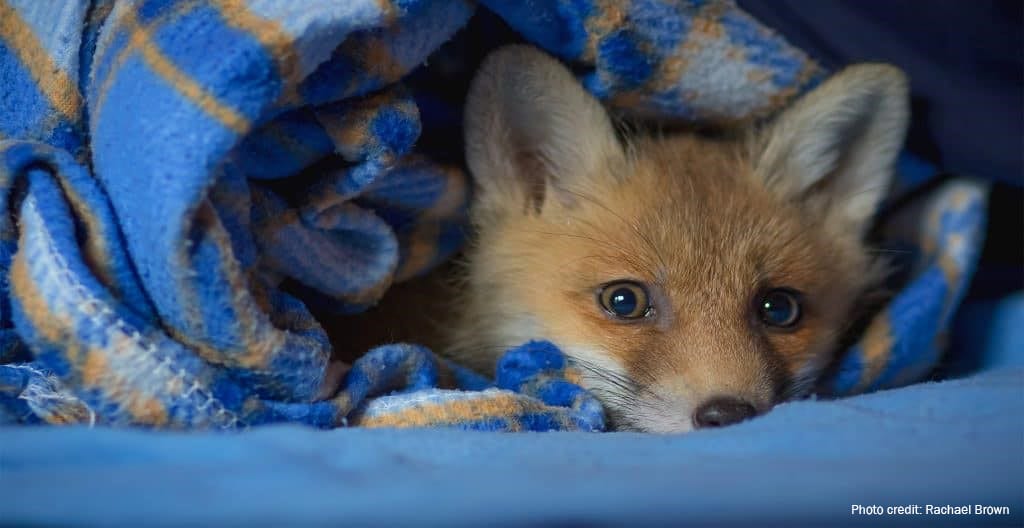
Mar 13, 2020 Wildlife Rescue – The Guide
Posted at 06:24h
Most of us will have had an occasion to rescue an injured or ill wild animal, whether it be a mouse that the cat has caught, a bird that has flown into a window or something more exotic. I suspect that we then scramble to figure out what, if anything we can do. There are many guides around that offer advice, some of it very detailed, but I was impressed by the practical guide, The Ultimate Wildlife Rescue Guide, produced by Rachel Brown, who provides gardening advice in the UK. Her advice focuses on British wildlife but most of what she has to say is relevant to North America and other parts of the world.
The Three Approaches to Wildlife Rescue
There are three approaches to helping wildlife and it can be hard to choose the right course of action, especially if you’re stressed and nervous. If in doubt, call a wildlife rescue center for advice.
- Leave it alone. Sometimes a wild animal is not injured but has been left by a parent so it can gather food. For example, young deer and fledgling birds should not be touched unless they are in danger.
- Let the animal recover from shock in a cool, dark place. A wild animal that has had a knock, say flying into a window or being hit by a car, could be concussed and may recover given time.
- Take the animal to a wildlife center or a veterinarian. Injured wildlife needs specialist attention. The most responsible course of action is taking injured wildlife to someone who knows exactly what to do to prevent any further suffering.
There are steps you can take now to prepare for the time when you encounter an injured wild animal!
Look up your nearest wildlife center online to find out what wildlife they can treat and where they are based. This will save stressful emergency phone calls with an injured animal in tow. Keep a cardboard box and a couple of towels in your car. If you do not have a pet registered with a veterinarian, also take a look at what 24-hour veterinarians are nearby. Save the numbers to your phone so they’re ready to go when you find an injured animal.
In the UK, the following websites are recommended for a list of wildlife rehabilitator:
In North America, start with the following websites for a list of wildlife rehabilitators:
- Ohio Wildlife Rehabilitators Association – List of Wildlife Rehabilitators by State
- Nature Canada – List of Wildlife Rehabilitators by Province/City.
In Australia, start with:
- WIRES – For NSW wildlife rescue calls or email reporting
Feature Image – Photo from The Ultimate Wildlife Rescue Guide by Rachel Brown


